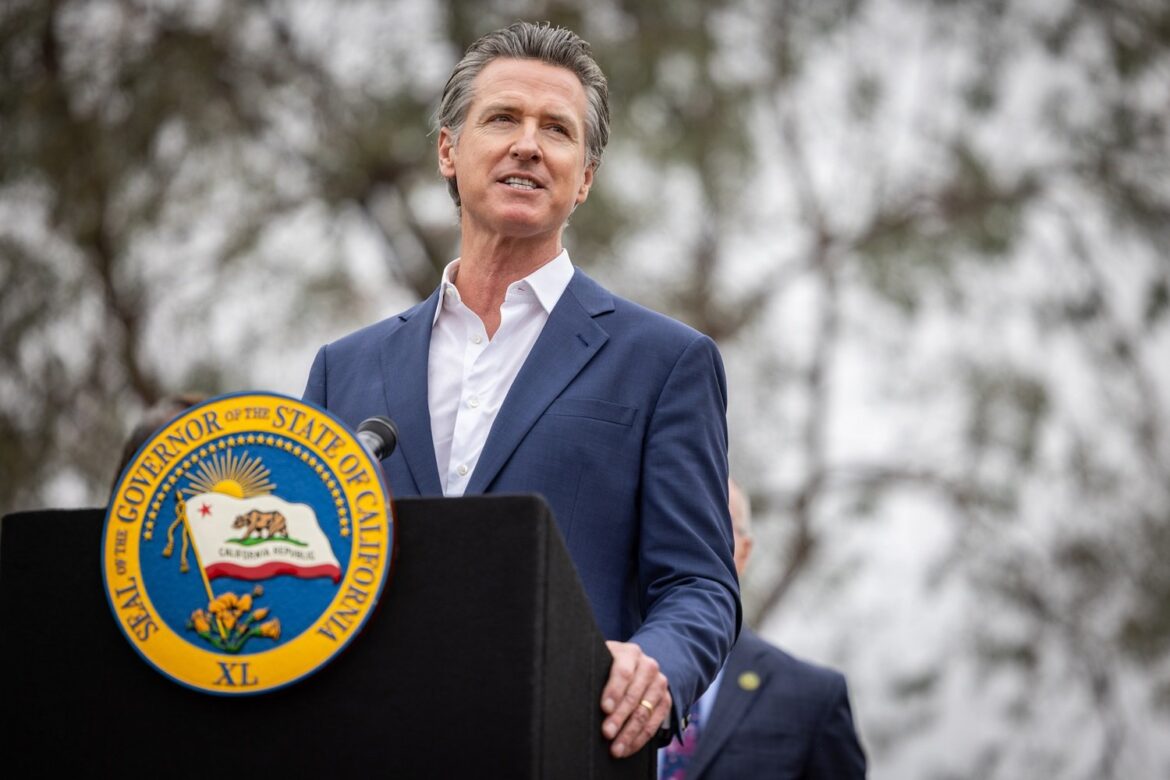On September 23, Ian Calderon joined the Gubernatorial Elections in California. He vowed to ensure that Bitcoin would be on the state’s balance sheet if he were elected. However, many in the Bitcoin community are skeptical.
Summary
- Calderon has a multi-year track record of advocating for crypto and Bitcoin in the California legislature.
- Calderon is trying to appeal to both Republicans and Democrats.
- The announcement of his gubernatorial campaign sparked mixed reactions from the crypto community.
Who is Calderon?
Calderon, a Democrat, drew scrutiny last week with his pro-crypto stance. Critics say his Bitcoin narrative is a PR stunt. Yet, others found Calderon’s bid noteworthy, as it signifies the rising bipartisan support for Bitcoin.
Calderon served three terms in the California Legislature before quitting in 2020. He was the first millennial elected to the Legislature and the youngest majority leader in the history of the California State Assembly.
Among his Bitcoin-related initiatives is one aimed at pulling crypto out of the gray zone. After all, Calderon is the author of the 2018 bill AB 2658, which created California’s Blockchain Working Group. It aimed to explore the potential use of blockchain technology and cryptocurrencies, collaborate with policymakers to define the legal status of cryptocurrencies, and assess possible risks.
Between 2020 and 2022, he contributed to the Blockchain Working Group’s roadmap and began working on a bill aimed at making Bitcoin a legal tender in California.
Calderon saw the bill as groundbreaking legislation for the entire country. He said in 2022:
“It’s important that we’re making this effort in California because of the national implications it will have. The goal here is to have a national model piece of legislation that can work anywhere in the country.”
It’s worth saying that despite Calderon’s claim about Bitcoin as legal tender, the bill doesn’t contain the words “Bitcoin” or “cryptocurrency.” Instead, it provides a pretty vague definition of “virtual currency” meant as a means of payment for goods and services. Calderon offered to launch pilot programs to tackle the bill’s legal ambiguity for the local cities. The bill has not seen much progress since November 2022.
Calderon’s platform
Calderon’s announcement was accompanied by a video clip in which he outlined the problems he plans to tackle as governor. He mentions growing gas and grocery prices and the housing crisis:
“Childcare costs are out of control, paychecks aren’t keeping up with the cost of living, gas prices are the highest in the nation, and now, buying a home is becoming out of reach.”
Additionally, Calderon notes that too many homes in California are owned by corporations and foreign investors, “preventing local families from attaining full ownership opportunities.”
Calderon presents himself as a Democrat who believes in common-sense solutions and does not always agree with his party. The complete list of his initiatives is available on his campaign’s website, Ian For Governor.
He barely mentions Bitcoin in the video; however, on the day when he announced his governor bid, Calderon took to an X to state that it’s time to make California an undisputed leader on Bitcoin.
California has always been a leader on technology. It’s time for us to get back to our roots and make California the undisputed leader on Bitcoin.
— Ian Calderon (@IanCalderon) September 23, 2025
Reaction
A long-time ally, Dennis Porter, the Satoshi Act Fund CEO, has been teasing his 200,000-plus follower base with an important announcement for days.
When it turned out that he just wanted to inform his followers that Calderon is running for governor of California, many of his followers said the announcement wasn’t worth the hype.
Some of them equate Democrats with a war on crypto and don’t believe Calderon is a genuine Bitcoin supporter.
Most of them are unaware of Calderon’s track record as a Bitcoin advocate. Seemingly, the fact that the biggest crypto bills of 2025 were bipartisan doesn’t matter to them either.
Is this really “it”? Dennis…. I love what you do, but the hype was uncalled for.
— G$ (@Gendog52) September 23, 2025
Other critics recalled Calderon’s uncles, Ron and Tom, who were involved in California political life. In 2016, they were convicted on public corruption charges.
The adverse reactions stemming from Porter’s announcement spread on the comment sections of the announcements made by Calderon himself and several crypto influencers.
The latter includes The Wolf of All Streets podcast host Scott Melker and Wendy O, who is the host of the biggest female-run Bitcoin YouTube show, “The O Show.” Some expressed support for Calderon’s ambitions but urged him to stop his affiliation with Porter.
Dude… If you want to be serious drop working with @Dennis_Porter_ you might be a good guy but this guy hyped everyone up over a big announcement. It wasn’t a political announcement…
— ²¹²Johyo | CroCrash (@Johyo_cro) September 23, 2025
Nevertheless, many other people greeted an openly pro-Bitcoin candidate from the Democratic Party, hoping that Calderon could oppose fellow Democrats who go against Bitcoin.
This is the point of the announcement. Democratic pro-bitcoin voices can push back on the elizabeth warren camp in ways the GOP can’t. As bitcoiners isn’t this what we want?
— Gordon Perkins (@peconicgp) September 23, 2025
Competition
The fight for a governor’s seat in 2026 is already considered a tough contest. Calderon is facing several noteworthy candidates, including Congresswoman Katie Porter from the Democratic Party and Republican Fox News contributor Steve Hilton.
Given that the election will take place on Nov. 5, Calderon may approve himself at some point. Yet, it is hard to say if his participation in the race makes a difference.






